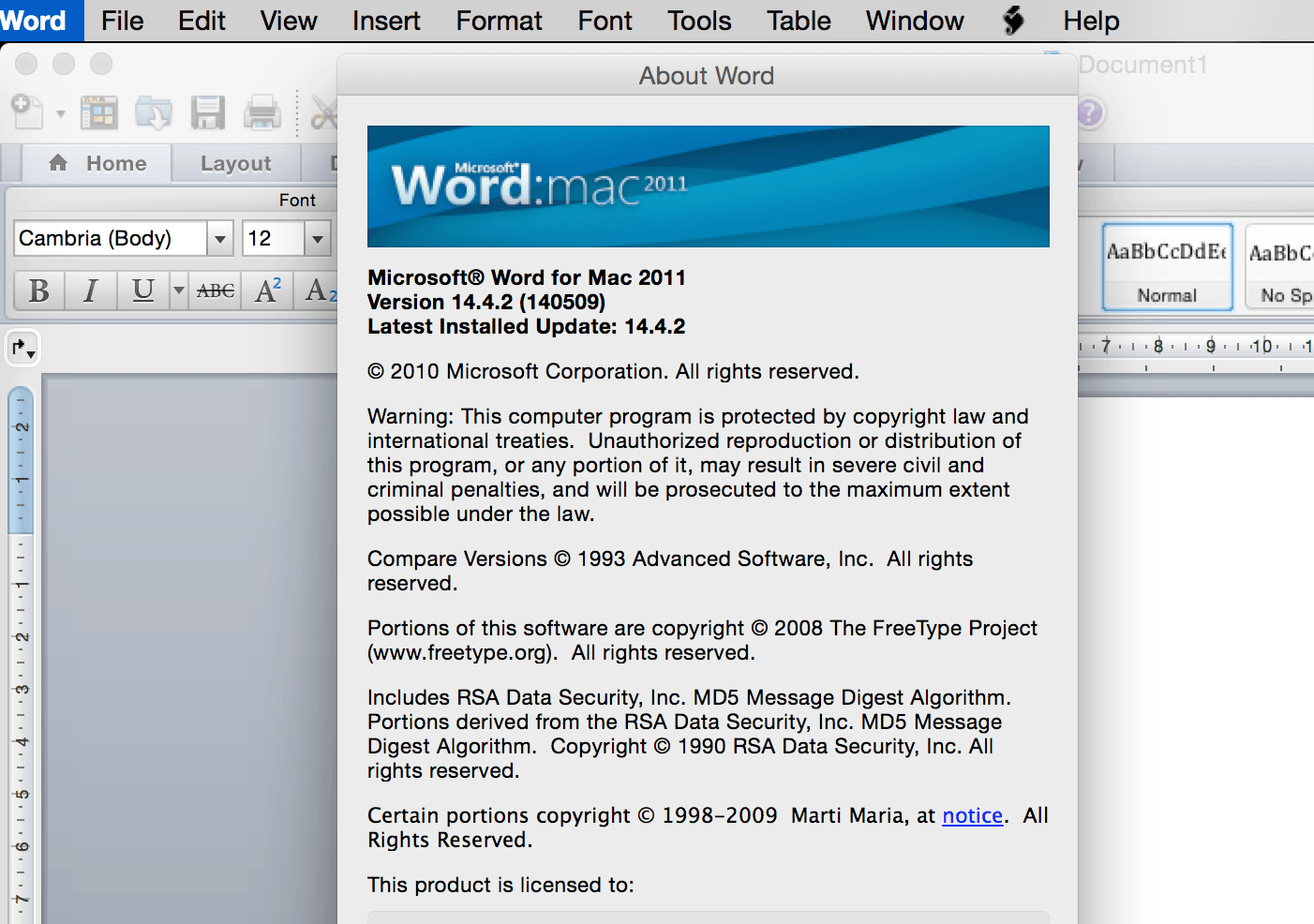

This is the easiest form of storage models to understand as it is very traditional. Remember that the goal for our mutual customers is to virtualize all workloads, all applications, all use cases - and doing it in the most simple and efficient way. We would like to share our view on these three types and the characteristics of each. We would like to suggest the notion that an ESX server may require three types of storage that we will label: Physical, General Purpose Shared, and High Performance. Performance consideration #1: What Kind of Data Are You Serving?

That said, with workloads where you are measuring every ESX host CPU cycle, or the workload density is gated on ESX host CPU cycles, a cost/benefit tradeoff should be considered - don’t base your thinking on CPU cycles alone. In fact, the abundance of CPU cycles has enabled us to virtualize our servers. They cost CPU cycles however CPU cycles are cheap and readily available. NFS clients, like most iSCSI initiator, aren’t free.10 Gbps throughput, very low latency, very low jitter and lossless characteristics that match the fastest FC SANs. This lossless behavior is exactly what is being delivered with Datacenter Ethernet. It’s possible to build “bet the business” Ethernet infrastructure, even including lossless characteristics traditionally associated with Fibre Channel.NAS is widely deployed in the Datacenter today.Never bet against Ethernet! This should be evident today with Cisco’s unified networking architecture. This argument reminds both of us of those who said IP would never be able to provide the quality required for telephone conversations. This is pretty well the opposite of the origins of SANs which originated in the datacenter, ran on “relatively expensive and lossless” (and effective!) SAN design, and with high performance hardware and kernel-mode drivers. In our experience, this is rooted in the fact that NAS originated outside the datacenter (engineering/development), leveraging existing “cheap and dirty” (and effective!) LAN design, and with poor performance client-mode NFS clients running on what at the time where very limited CPU cycles. Often – people are dismissive of NFS performance. Let’s breakdown the myth-busting and best practices into the following: 1) Performance and Scaling 2) High Availability “Is NFS the be-all end-all storage protocol for VMware?” – NO.“Is NFS a good, highly available, high performance option for VMware and deserves equal consideration as with the more traditional SAN choices?” – YES.

Ok – let’s get a couple things off the table right off the bat: We try to be good pragmatic voices, so our goal here is pragmatism and facts to help our mutual customers. The reality is only NetApp and EMC are supporting NFS deployments with VMware in significant volume.īoth of us personally are big supporters of NFS for VMware – but if you look at our post histories - we’re both also rational and try our best (we’re human, so sometimes we fail) to be balanced and neutral (in my case, this is a balance to my VMFS post here). While any NFSv3 server will work with VMware, and there are many NFS servers on the ESX HCL, there is a significant difference between what one can do with an enterprise class NFS storage array from EMC or NetApp.

We would like to thank Stu Baker and Satyam Vaghani from VMware, along with numerous folks at EMC and NetApp for their input on this post. Heck, if EMC and NetApp can agree – then you KNOW this post is FUD-Free! One of the goals of this post is to dispel the FUD customers often hear around NFS. We apologize for the delay, so without further ado we present to you the followup: a “Multivendor NFS” post for our joint customers. Since the original post, we’ve been busy assisting our customers and partners. The most difficult part around creating this post is that we couldn’t do it with our iSCSI-focused colleagues. While writing that post, we (Vaughn Stewart from NetApp and Chad Sakac from EMC) discussed following up the iSCSI post with one focused on deploying VMware over NFS. The feedback was overwhelming and very supportive of industry leaders partnering to ensure customer’s success with VMware. We were quite a bit surprised to see how popular our “Multivendor iSCSI” post was. UPDATED – June 11th, 8:21pm – new Celerra vSphere Best Practices posted


 0 kommentar(er)
0 kommentar(er)
